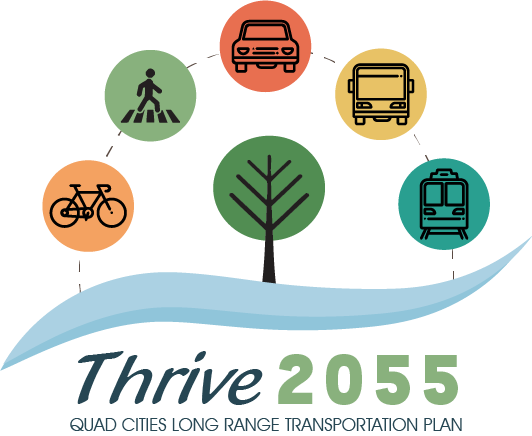May 27, 2015 – Paul Trombino, Director of the Iowa Department of Transportation, reported on a new commodity flow effort the department is instituting. Iowa DOT partnered with Quetica Consulting to use a demand-based supply chain network design and optimization approach to assist companies in designing and optimizing their supply chains and to identify strategic locations for their facilities in Iowa, while reducing their overall supply chain costs. The service focuses on effectively analyzing constraints and opportunities in a company's supply chain, developing design alternatives, conducting both quantitative and qualitative analysis of the design alternatives, and recommending an optimized network design with financial analysis to help the company make informed business decisions.
Why is the service needed?
Strategic site selection is an important decision in supply chain network design that can provide long-term, sustainable competitive advantages. Many factors, such as geographic location, land availability, transportation network infrastructure, utility, taxes, construction costs, labor costs, etc., are included in site evaluation and selection.
Iowa DOT teamed with Quetica to provide access to this supply chain design and optimization expertise to help Iowa companies grow their revenue and reduce their supply chain costs by strategically selecting facility sites for an optimized supply chain.
What is the approach?
The methodology includes four fundamental steps:
1. Analysis of demand and capacity across a company's supply chain
2. Identification of constraints in production, transportation network, and inventory management
3. Creation of supply chain optimization strategies:
a. Conducting baseline optimization to identify opportunities given the current supply chain network
b. Conducting what if analysis to analyze changes to plant, warehouse/distribution center, and transportation network and recommend new sites and/or new transportation network to lower total supply chain costs
4. Development of business case to support recommended strategies
Design alternatives are tested using computer tools to ensure the constraints are addressed effectively. The design alternatives are evaluated using qualitative measurements and return on investment analysis conducted to define and prioritize the recommended strategies.
What are the expected results?
A-typical supply chain network design and optimization effort will deliver:
- Opted current supply chain network to use current transportation network more efficiently by leveraging lower cost shipment modes and alternative routes
- Site selection and new transportation network design to lower total supply chain costs
- Facility consolidation recommendations to lower operating costs


